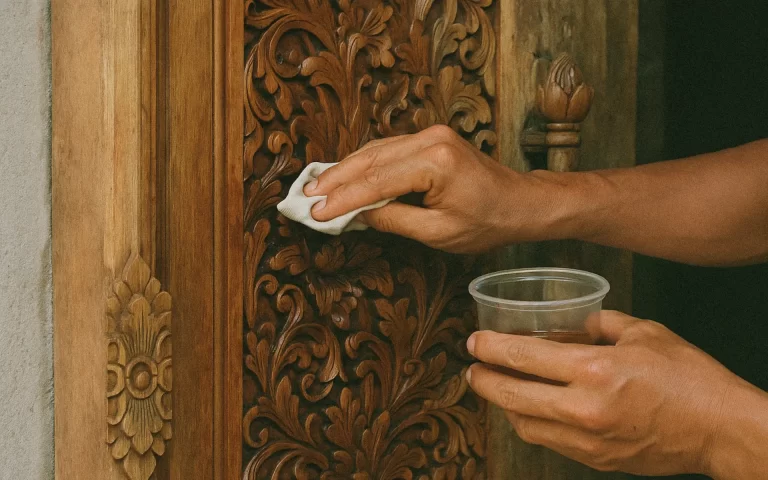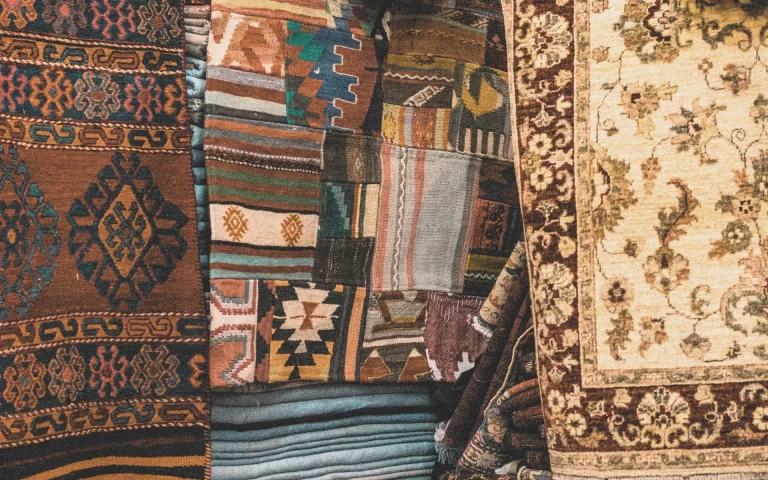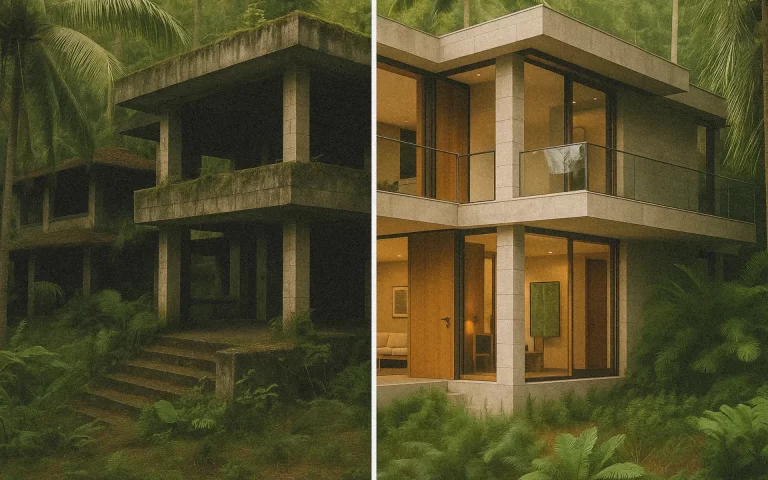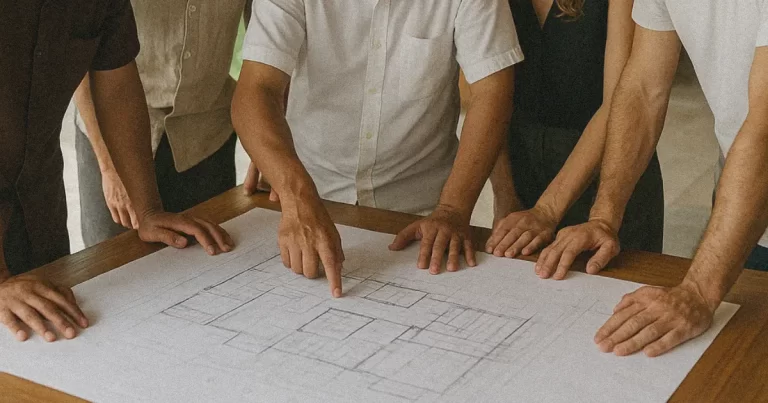Just a heads-up: We’re storytellers, not architects or interior designers. This article is meant to inspire and inform, but it’s not professional design advice. Every villa project is unique, and what works in one location might flop in another. For actual design guidance, work with experienced Bali-based architects, interior designers, or villa consultants who understand local building codes, climate considerations, and market demands.
Here’s the thing about designing villas in Bali: there’s a massive difference between creating a space for someone’s two-week Instagram holiday and designing a home where someone’s actually going to live, breathe, and deal with the reality of tropical island life.
Both can be gorgeous. Both can be profitable. But get the priorities wrong, and you’ll end up with a villa that either burns through your rental income with constant maintenance or leaves buyers wondering why there’s nowhere to put their actual stuff.
So what’s the real difference? Let’s break it down.
The Pool Situation
For renters: Size doesn’t matter as much as drama does. That Instagram-worthy infinity edge overlooking rice paddies? Pure gold. A pool that looks twice as big as it actually is? Even better. Rental guests want to feel like they’re living in a postcard, not training for the Olympics.
Keep it gorgeous but low-maintenance — think saltwater systems, automatic cleaners, and landscaping that looks lush but doesn’t drop leaves into the water every five minutes. Floating breakfast setups are basically mandatory at this point.
For buyers: Practicality wins every time. They want to actually swim in the thing, not just pose next to it. Length for laps, depths that actually cool you down in Bali’s heat, and maybe a shallow end where the kids (or the dogs) can splash around safely.
Buyers also think long-term: solar heating, natural filtration systems, and pool covers that aren’t a nightmare to operate. Because when it’s your pool, you’re the one dealing with the electric bill.
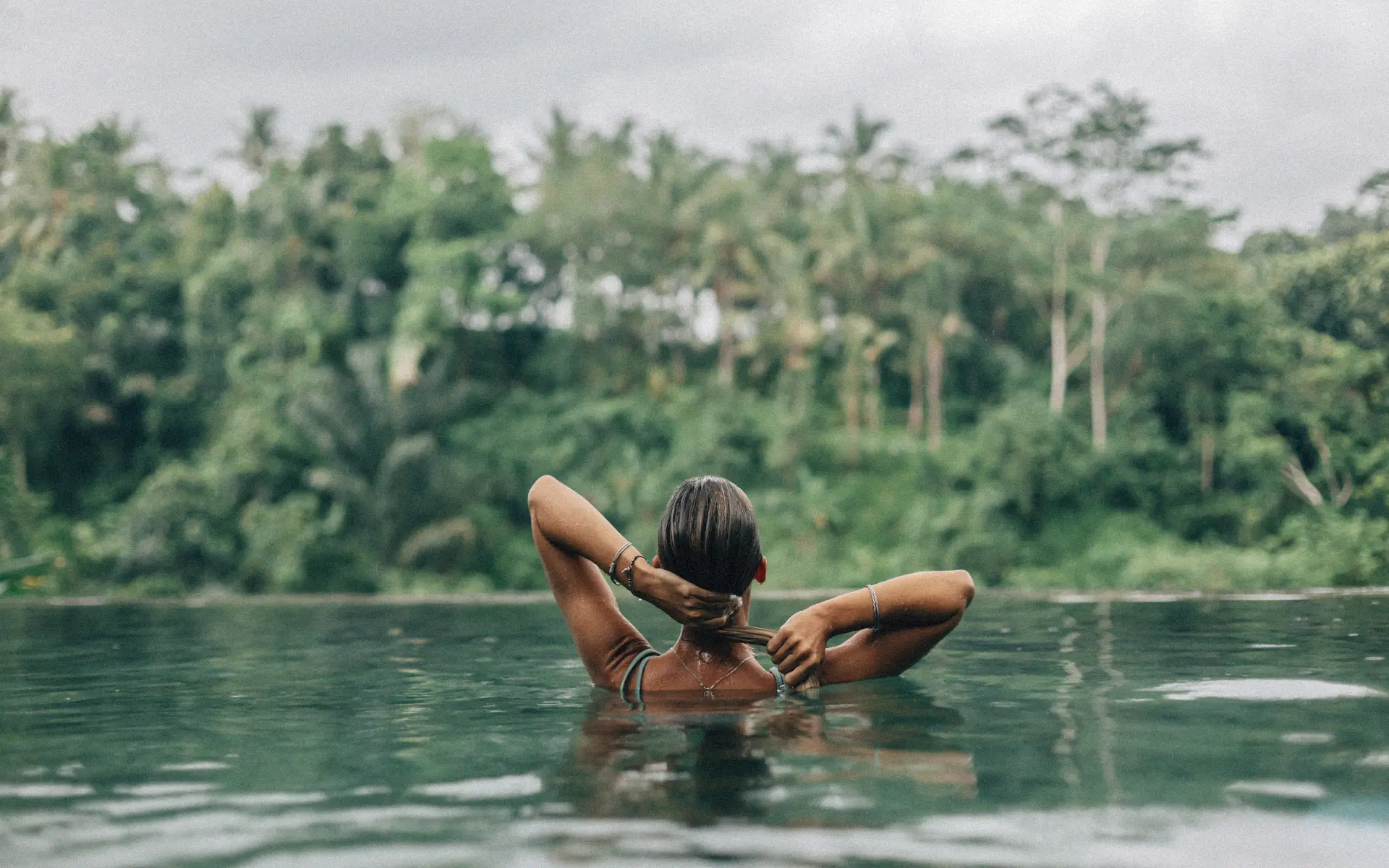
Storage Wars
For renters: Minimal is fine. Most guests live out of their suitcases anyway — a few hooks, a shelf, and maybe a drawer or two. They’re here for the experience, not to reorganize their entire wardrobe.
For buyers: Oh, you sweet summer child. Buyers need SPACE. Walk-in closets, built-in shelving, shoe storage, seasonal clothing areas, and yes — secure spots for the good stuff. Because when you actually live somewhere, you accumulate things. Weird concept, right?
Plus, if they’re splitting time between Bali and elsewhere, they need lockable storage for valuables when they’re away.
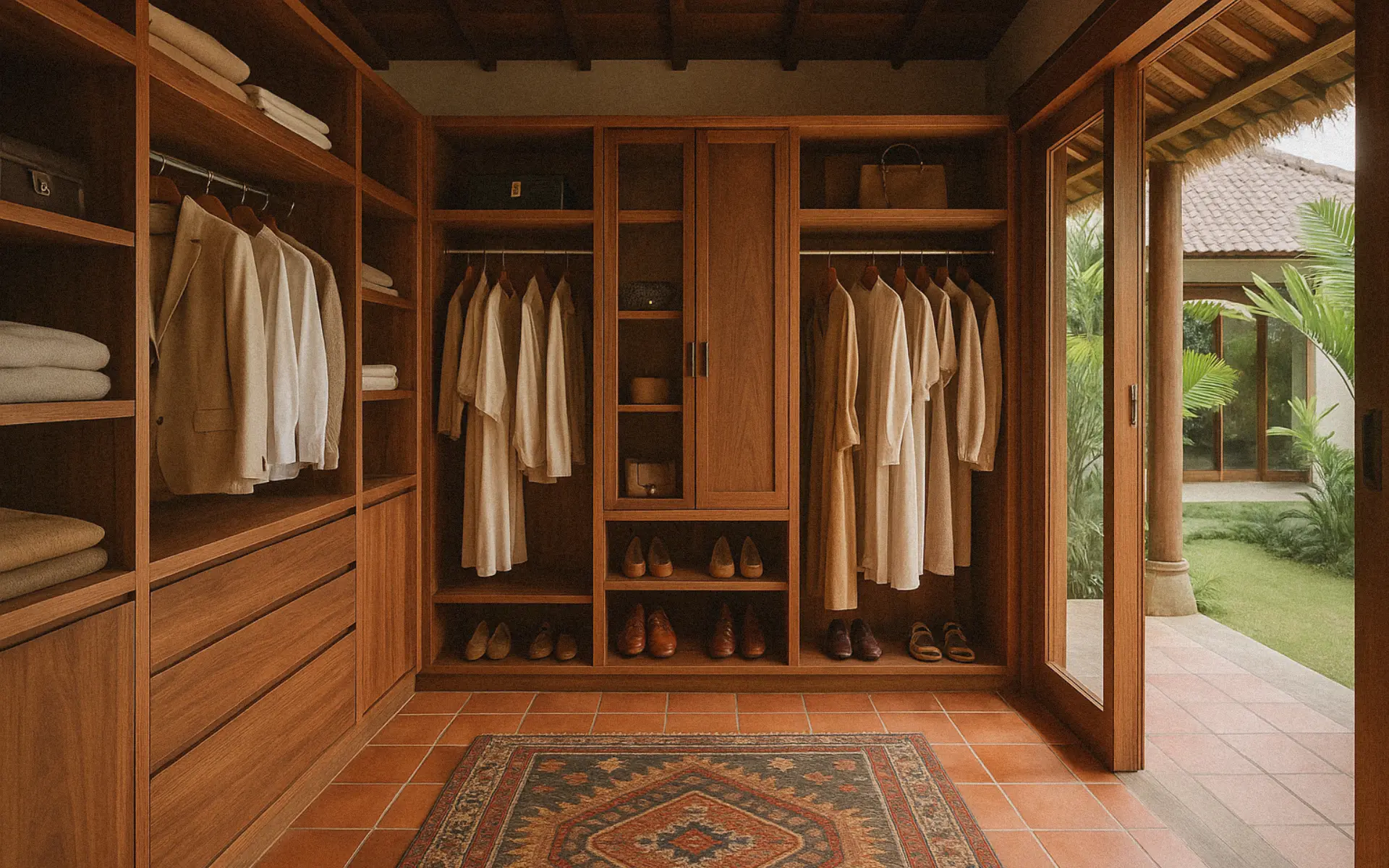
How the Villa Flows
For renters: First impressions are everything. That dramatic entrance? The open-plan living area that screams “villa life”? The seamless indoor-outdoor thing that makes every corner Instagram-ready? That’s your money shot right there.
You’re designing for those first 30 seconds when guests walk in and decide whether they’re going to rave about this place online or complain that it didn’t match the photos.
For buyers: Function over drama (though drama’s nice too). They need parking that doesn’t involve a trek through the garden with groceries. Private zones where the master bedroom isn’t right next to the kitchen. Logical flow that works when you’re hosting a dinner party OR when you just want to make coffee in your pajamas without performing for houseguests.
Think long-term living, not short-term staging.
The Stuff You Actually Need
For renters: Built-in lockable storage is non-negotiable if the owner ever uses the villa personally. Nobody wants strangers rifling through their stuff between bookings.
For buyers: Still smart, even if you’re not renting it out. Bali living often means staff, guests, and a rotating cast of characters. Having secure spots for passports, jewelry, and anything else you’d rather keep private just makes sense.
Choosing Your Materials
For renters: Everything needs to survive the apocalypse — or at least survive guests who treat your villa like a very expensive AirBnB (because that’s exactly what it is).
Sunproof fabrics, scratch-resistant surfaces, floors that can handle sandy feet and spilled drinks. Think indestructible but still gorgeous — treated teak, sealed stone, and anything else that laughs in the face of humidity and heavy use.
For buyers: This is where you get to be precious. Higher-end finishes, custom everything, and materials that reflect your actual taste rather than what survives best. Solar panels, rainwater collection, natural ventilation — basically all the stuff that makes long-term island living more comfortable and sustainable.
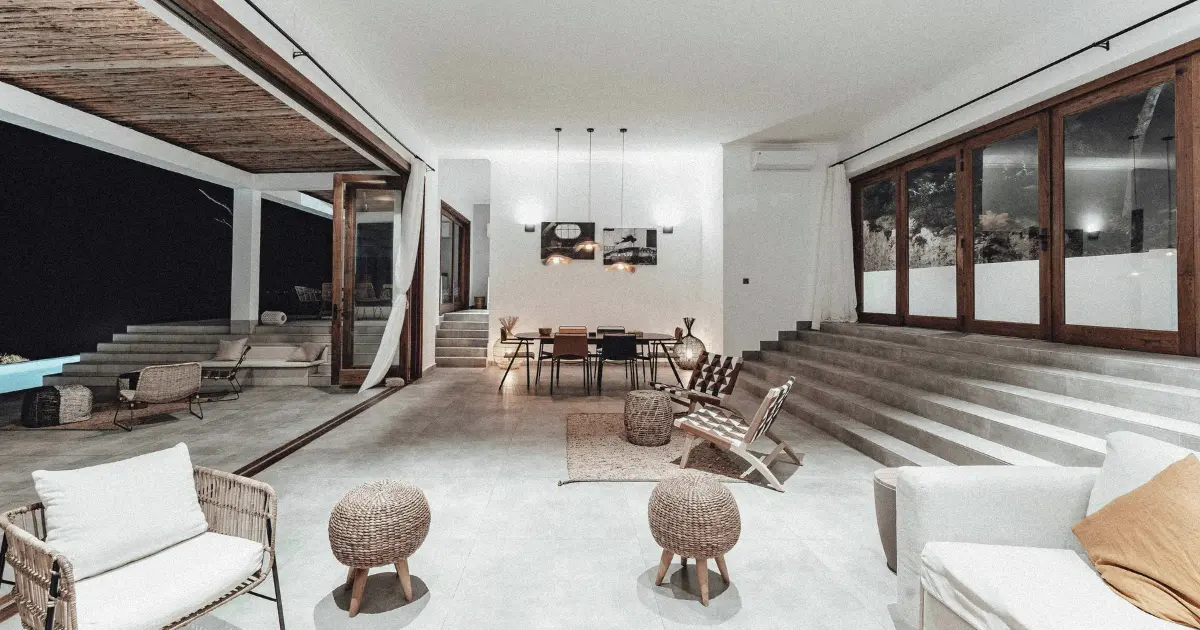
Location, Location, Drama
For renters: Proximity to the action is everything. Seminyak for the beach clubs, Canggu for the vibey influencer-y scene, Uluwatu for the surf, Ubud for the wellness crowd. Renters want to be where the Instagram opportunities are densest.
For buyers: They might actually prefer the quiet spots. Privacy, security, room to expand, and — this is crucial — clear legal standing and proper permits. Because when you’re buying, you care about things like “will this still be legal in five years?”
The Indoor-Outdoor Thing Everyone Talks About
Here’s where renters and buyers actually agree: Bali’s magic is in that seamless indoor-outdoor living. Massive sliding doors, covered terraces, tropical gardens that don’t quit — this stuff works for everyone.
The difference is in the details. Renters want it to photograph beautifully. Buyers want it to actually function when it’s monsoon season and they’re trying to keep their laptop dry.
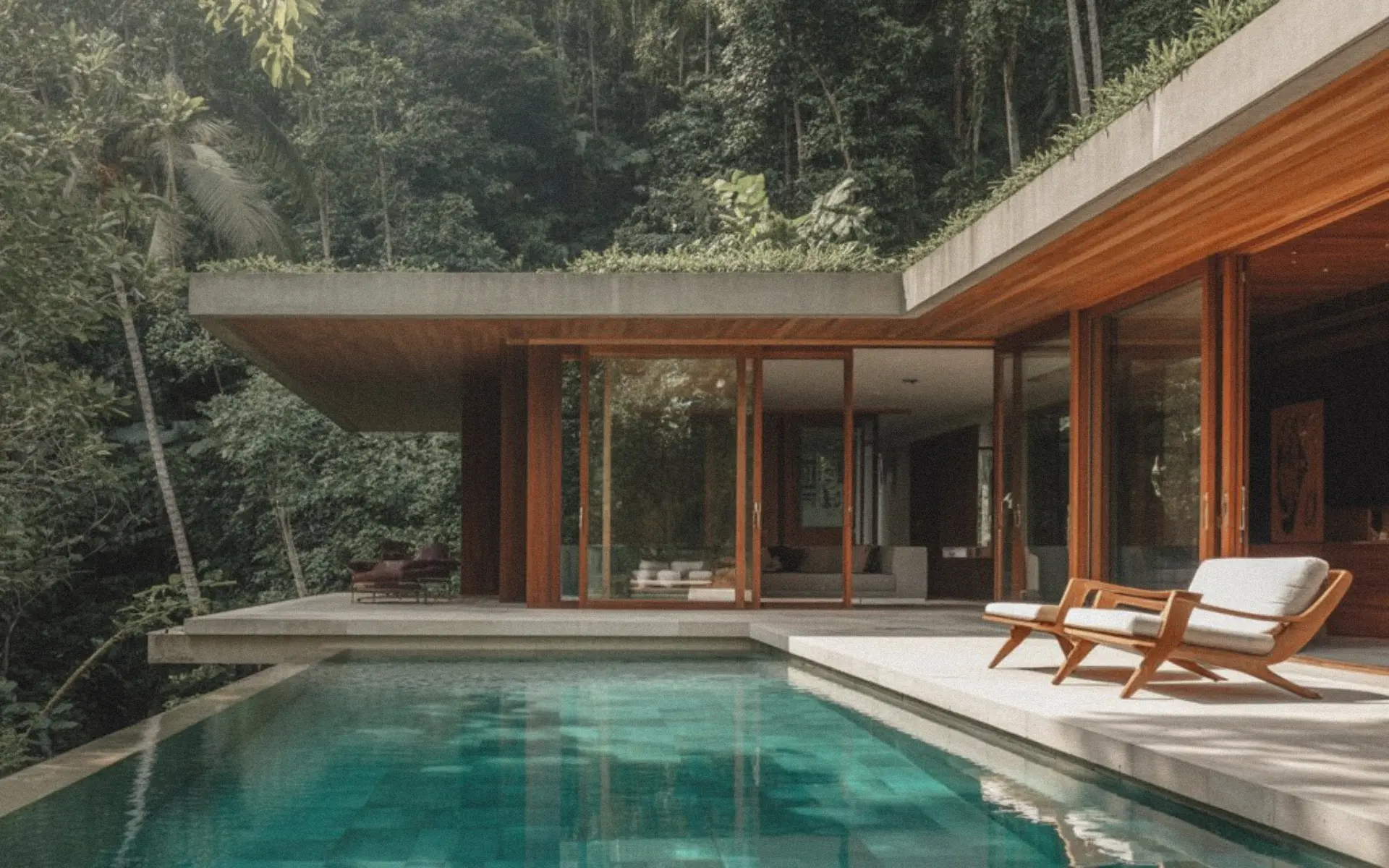
Designing for Both (Because Why Choose?)
Plot twist: most Bali villas end up doing double duty anyway. Smart developers are creating flexible spaces that can pivot between rental mode and owner mode without major renovations.
Think modular furniture that can be swapped out, pools sized for both lap swimming and pool parties, and rooms that work as guest bedrooms OR home offices depending on what life throws at you.
The Bottom Line
Rental design is about that instant “wow” — spaces that photograph like dreams and function like well-oiled machines for short stays. Buyer design is about the long game — comfort, practicality, and sustainability that makes sense when you’re in it for the years, not just the weekend.
The real magic happens when you can pull off both. Because in Bali’s villa market, the lines between holiday home and investment property get blurry fast — and the best villas are the ones ready for whatever comes next.

